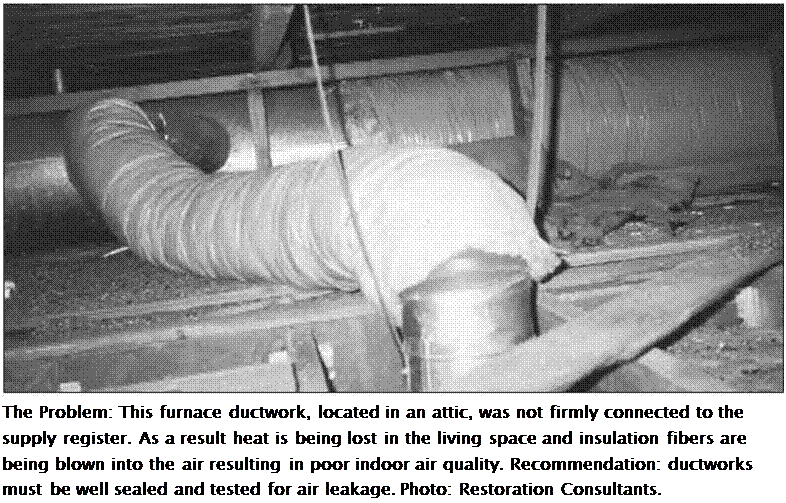Thermal Imaging
Thermal imaging using infrared cameras has rapidly become an affordable tool for diagnosing moisture problems. This versatile tool is also used for energy conservation audits (see the next section) and can detect overloaded electrical circuits, poor electrical connections, and “hot spots” on electrical equipment that may indicate a potential failure or fire hazard.
Infrared cameras are sophisticated devices that are used to examine the spectrum of energy just outside our visual range. They “see” heat. We see the colors of the rainbow: violet, blue, green, yellow, orange, and red. Infrared is the portion of the spectrum just beyond red, which we can t see but can certainly feel with our skin in the form of heat.
Thermal imaging can frequently diagnose moisture from leaks and condensation because damp surfaces are subject to evaporative cooling, resulting in cooler surface temperatures. Since thermal imaging uses surface temperature differences to indicate potential issues, moisture and missing insulation may appear the same. Thus moisture problems generally must have further diagnosis using moisture meters to confirm and identify the source of the moisture, but as a first screening step thermal imaging can help tremendously.
Energy Efficiency and Airflow Testing
Thermal Imaging for Energy Conservation Audits
When used by a knowledgeable, trained ther – mographer, an infrared camera can detect heat loss from missing insulation, air infiltration, and leaking ductwork. The US Department of Energy’s Office of Energy Efficiency and Renewable Energy is now recommending that anyone purchasing a home have it scanned as part of the escrow. They advise: “Even new houses can have defects in their thermal envelopes. You may wish to include a clause in the contract requiring a thermographic scan of the house”1
For thermal imaging to be most effective, there needs to be a temperature difference. In evaluations of ductwork and heating or air conditioning systems, the temperature differential is provided by the equipment being evaluated. In evaluations of energy efficiency from thermal insulation and of air infiltration, there needs to be a sharp temperature
 |
difference between the inside and outside environments. Inspections of this type will be most effective when performed during the hot summer or cold winter months when there is at least a 20-degree Fahrenheit temperature difference between the inside and the outside of the building.






Leave a reply